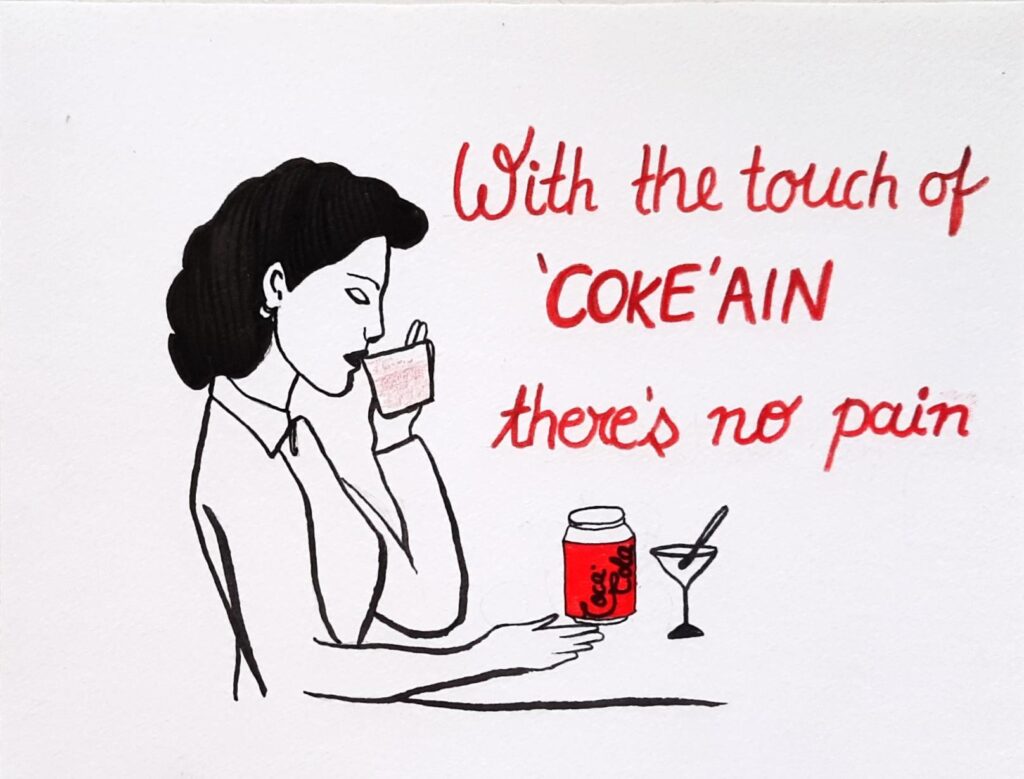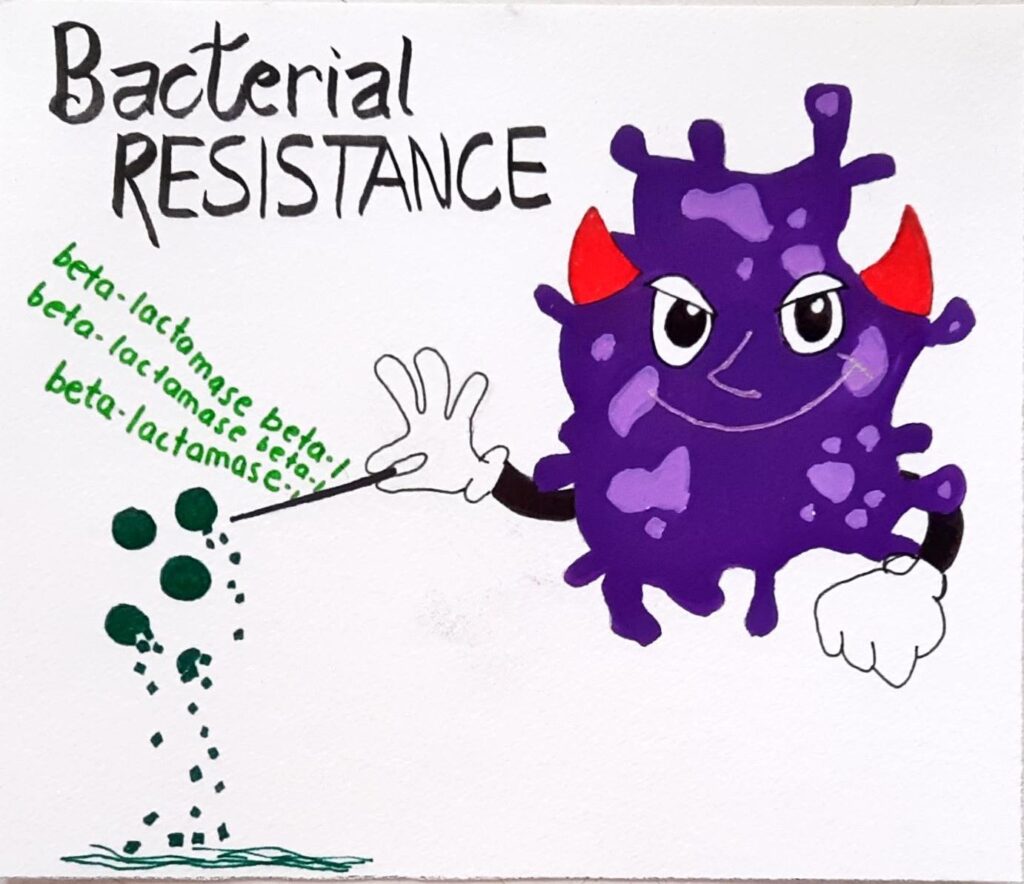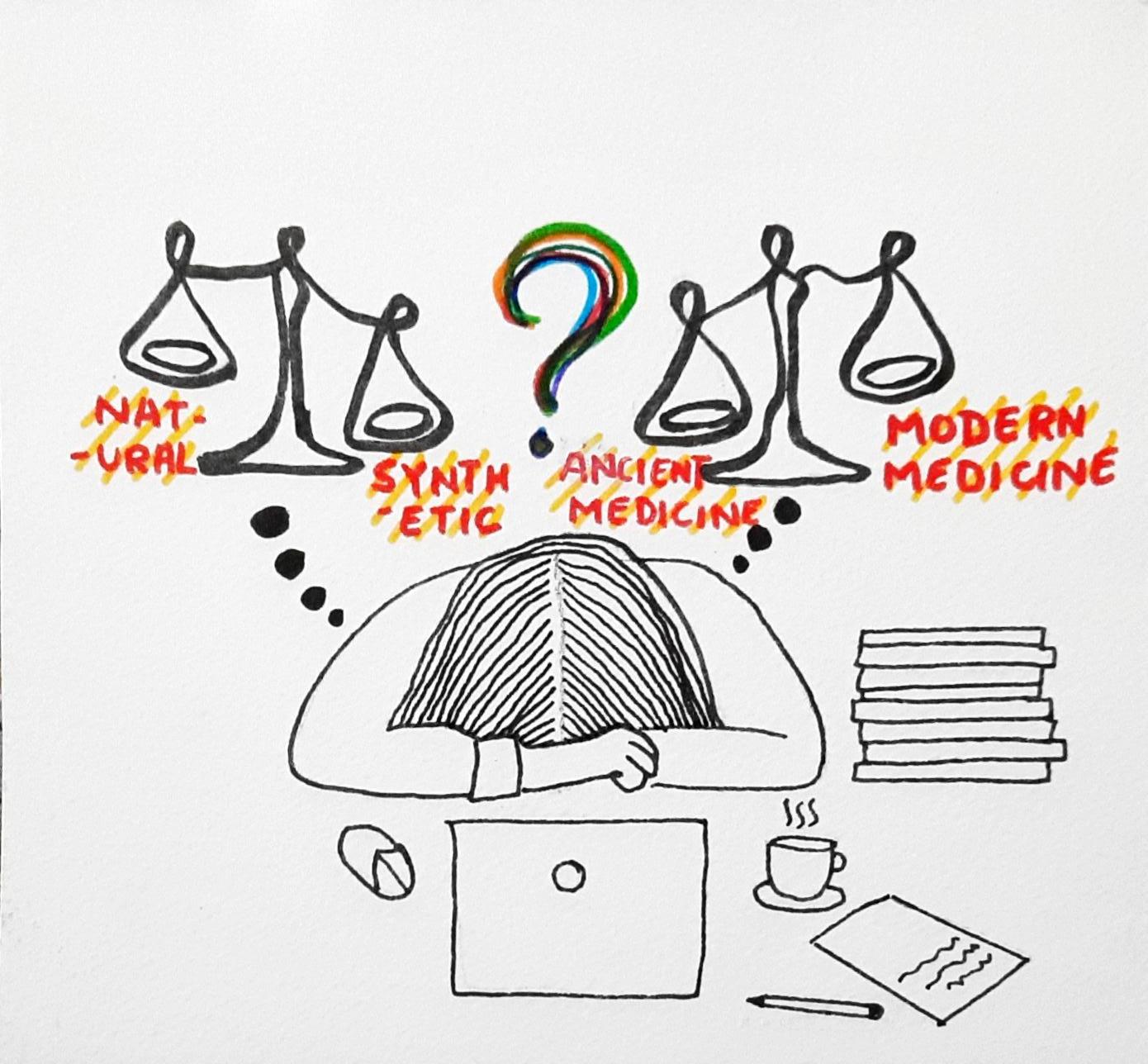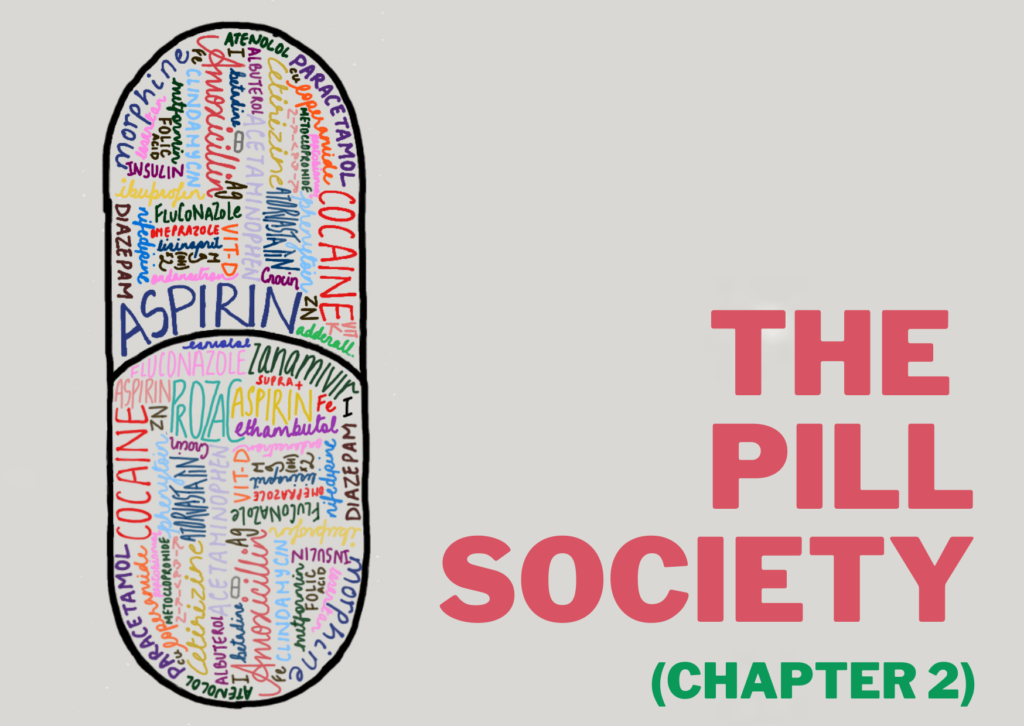After reading a bit about natural drugs and therapies, it gives a fair idea of how synthetic drugs are derived. If you haven’t yet read about it, please do give it a read before proceeding.
At some point in your life, you may have heard many saying, ‘Just take azithromycin’ for any random infection that you may have, or ‘Take a Combi’ for any aches or pains. But is it right? Will it cure the problem or cause even more problems along the way? To answer this question, let’s first take a look at the origins of modern medicine.
Let’s take the drug class of local anesthetics as an example. Local anesthetics like lignocaine, lidocaine, tetracaine, and many others were first derived from the leaves of Coca plant in South Africa. They are famous for a psychoactive alkaloid present, most popularly known as cocaine. (For all the chemistry enthusiasts out there- cocaine is a methyl ester benzoylecgonine and a fun fact – a pinch of coca leaves were included in Coca-Cola’s recipe.) It is used in anesthetic medicine and as an antidote for morphine and other opioid addictions.

Salicylic acid derived from the active ingredient salicin present in the plant meadowsweet and willow bark is known to be dated almost 5000 years ago. Salicylic acid is mixed with acetyl group to reduce its side effects on the gastrointestinal system, now heavily consumed and popularly known as Aspirin! And how can one possibly forget the discovery of penicillin by Alexander Fleming, which helped to save so many lives! This antibacterial drug is a boon to mankind.
With the increase and abuse of many prescribed drugs, there are many cases of resistance where only a few bacteria are left susceptible to the drug. This resistance arises from the premature completion of the course or the excessive use of the drug. Another reason for drug resistance is the increased tolerance of the bacterial strain to the drug due to the changes in its structural and genetic configuration. For example, many bacteria have now developed structural conformations that prevent the entry of the drug in them or the production of enzymes like beta-lactamase (Penicillinase) that cause resistance of the bacteria to penicillin and its derivatives. Stronger derivatives of penicillin have now come into existence like methicillin, amoxicillin, ampicillin that will soon meet the fate of their precursor. Judicious use of antimicrobials, especially in India, is a must! Recently, I came across the news of many people abusing azithromycin for the treatment of Covid-19. An antibiotic used for viral infection is just laughable!

In short, we can say that origin of drugs has been dated long ago while the origin of synthetic drugs are quite recent. Oddly enough, the side effects still prevail. Synthetic drugs are surely more potent and versatile when compared to natural drugs. Nonetheless, an important point to remember is that they are not the purest form of the drug. They are mixed with several other compounds – additives and excipients to maintain its potency and shelf-life, and these compounds cause quite a few side-effects in humans. Additives like lactose can cause side effects in lactose-intolerant individuals. Fixed drug eruptions and hypersensitivity reactions caused by food colors added to drugs like tartrazine. No drug comes without a side effect, may it be a simple headache or something very severe and fatal like an anaphylactic shock.
The problem arises when there is excessive and undue consumption of drugs, both synthetic and natural. A study in 2018 shows that percent of persons in the US using at least one prescription drug in the past 30 days (2015 – 2018) was 48.6%, making it one of the leading countries for consumption of prescribed drugs in the world. While in India although the number of prescribed drugs per year is comparatively quite less than most countries, the consumption of outdated prescribed drugs is high in India. While most drug research and trials lead to consumption of better drugs with limited side effects, India still consumes outdated and most dangerous medication without checking. The problem that lies before us is quite simple – decreased check on drug consumption and decreased cost of outdated medication. This makes it easier for lower socio-economic strata to consume medicines without adequate knowledge.

This manifests as a large number of prescriptions written by the private sector – the drugs being the most abused are antibiotics and injections by prescribing them for the most trivial of infections that our body can easily recover from. These prescriptions are not only over used by the population past their expiry date, but also used for future similar infections by self-diagnosis based on similar symptoms. The decreased check on the prescriptions by the local pharmacists makes it even harder to control this abuse. A simple example – a combination of Ibuprofen and Paracetamol is considered an irrational drug combination in the list of fixed drug combinations, and is not mentioned in the WHO essential list of drugs.
Looking at the general statistics, one will find the weird combination of Ibuprofen and Paracetamol to be one of the most commonly used drugs as an antipyretic and pain relieving concoction in India. This is is yet another example that could be considered. One might wonder why individuals choose to consume drug combinations that are not trialed and tested? The answer is – they are cheap, act fast, and are socially accepted by a majority.
For the sake of cost-saving, a majority of drugs dispensed in clinics are combined with many unknown drugs/products. This results in a wide range of adverse effects, sometimes ending up having no effect at all. Such drug substances are called counterfeit medicines. The most common example of this is corn starch-pressed tablets that are strikingly similar to other white colored tablets. In this fast paced world, many do not even have the time to check the authenticity and the reliability of such medicines. And then comes the placebo drugs! They are excellent mind bogglers. Without the target potent drug, they sometimes end up curing patients of diseases as deadly as cancer. Placebo drugs can be simple sugar tablets or just water.
The overuse of wrong medication is not only hampering existing conditions, but also increasing the risk of new ones. So, is it worth it? The increase in intake of medicines decreases our natural immune resistance. Undoubtedly, modern medicine has helped improve numerous lives and has given us the guarantee of a healthy life. It is the overuse that we should be concerned about. After all, it is the quality of life that we chase and not quantity, right?
References –
- https://americanaddictioncenters.org/synthetic-drugs
- https://www.cdc.gov/nchs/fastats/drug-use-therapeutic.htm
. . .
Writer

Aditi Kulkarni
Aditi Kulkarni is currently pursuing her undergrad degree in MBBS in Smt. Kashibai Navale Medical College. A second-year student who has a long way to go to become a good doctor has an eclectic taste in music and is a firm follower of David Attenborough. She stands true to her belief in “Dogs over Humans” any day.
Illustrator

Shruti Morjaria

